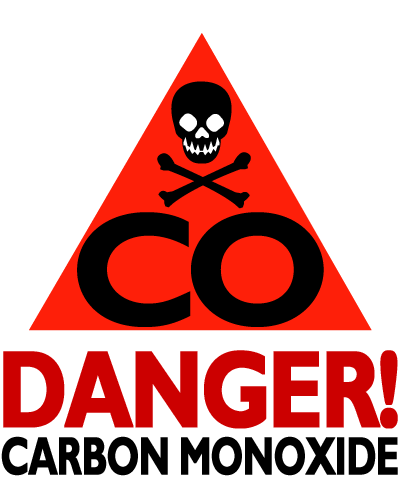 The internet has changed our lives…we use it all the time, and our kids do, too. I don’t even own a hard copy phone book or map anymore. Our kids use it for their homework, entertainment, and I like that they can find how-to videos on just about anything. But about those videos…The downside of video sharing sites most notably, YouTube and sometimes the Internet in general, is that they give kids ideas about not-so-smart stunts that they may end up trying on their own. They’re usually called “challenges.” Some of them are just… well, disgusting, like trying to drink a gallon of milk in an hour you can probably guess what happens. But some of them are truly dangerous and deadly.
The internet has changed our lives…we use it all the time, and our kids do, too. I don’t even own a hard copy phone book or map anymore. Our kids use it for their homework, entertainment, and I like that they can find how-to videos on just about anything. But about those videos…The downside of video sharing sites most notably, YouTube and sometimes the Internet in general, is that they give kids ideas about not-so-smart stunts that they may end up trying on their own. They’re usually called “challenges.” Some of them are just… well, disgusting, like trying to drink a gallon of milk in an hour you can probably guess what happens. But some of them are truly dangerous and deadly.
Month: March 2013
What is “Fall Protection” and why is it so important?
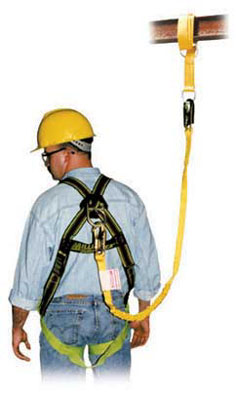 The leading cause of worker fatalities in construction work is from falls. In addition to the over 100 deaths per year caused by falls thousands more construction workers are injured each year by them, according to OSHA statistics. Therefore, the issues of fall protection and training are often large issues in construction site accident litigation.
The leading cause of worker fatalities in construction work is from falls. In addition to the over 100 deaths per year caused by falls thousands more construction workers are injured each year by them, according to OSHA statistics. Therefore, the issues of fall protection and training are often large issues in construction site accident litigation.
via What is “Fall Protection” and why is it so important? – Starr Austen & Miller LLP.
Keep Children Safe in Car Crashes
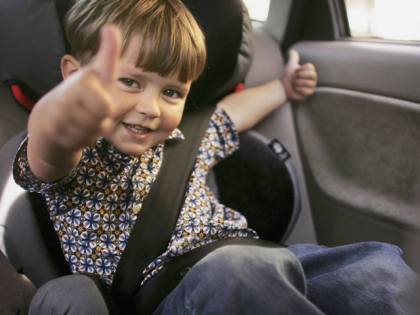 Vehicle crashes remain the number one killer of children ages 3-14 in the United States.
Vehicle crashes remain the number one killer of children ages 3-14 in the United States.
Child safety seats, booster seats and seat belts are the best protection.
According to the CDC, placing children in age- and size-appropriate car seats and booster seats reduces serious and fatal injuries by more than half. But most are being used incorrectly in some way, putting children at risk.
via Child Passenger Safety, Child Safety Seat Booster Seat Guidelines.
Don’t Forget Lockout/Tagout
 Picture yourself performing maintenance inside of a huge machine. Suddenly, the machine springs to life, powerful metal gears grinding around you, placing you in mortal danger. That is exactly the sort of terrifying scenario that lockout/tagout is meant to prevent. Lockout/tagout is a procedure to disable equipment to protect workers from either an unexpected release of energy or an accidental start-up while performing job activities.
Picture yourself performing maintenance inside of a huge machine. Suddenly, the machine springs to life, powerful metal gears grinding around you, placing you in mortal danger. That is exactly the sort of terrifying scenario that lockout/tagout is meant to prevent. Lockout/tagout is a procedure to disable equipment to protect workers from either an unexpected release of energy or an accidental start-up while performing job activities.
Blood Pressure: Key to Heart Health
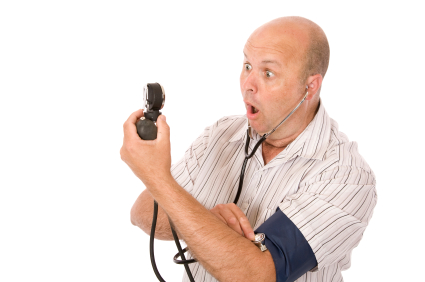 Your doctor tells you your blood pressure numbers, or you hear the doctors on ER shout “pressure’s dropping!” Do you actually know what that means?
Your doctor tells you your blood pressure numbers, or you hear the doctors on ER shout “pressure’s dropping!” Do you actually know what that means?
Blood pressure consists of two numbers. Your systolic pressure measures the pressure of blood against artery walls when the heart pumps blood out during a heartbeat, while the diastolic pressure measures the same pressure between heartbeats, when the heart fills with blood. “Both of these numbers are important, just because one is normal doesn’t mean you’re off the hook.”
Normal blood pressure is below 120/80.
Pre-hypertension is 120 to 139 (systolic) and/or 80 to 89 (diastolic).
Hypertension – also known as high blood pressure — is 140 or higher (systolic) and 90 or higher (diastolic).
One in three adults in the U.S. — about 74 million people — has high blood pressure or pre-hypertension. Between 1996 and 2006, the number of deaths from high blood pressure rose by more than 48%.
via Key Numbers for Heart Health: Cholesterol, Blood Pressure, Waist Size.
How to Relieve Stress at Work
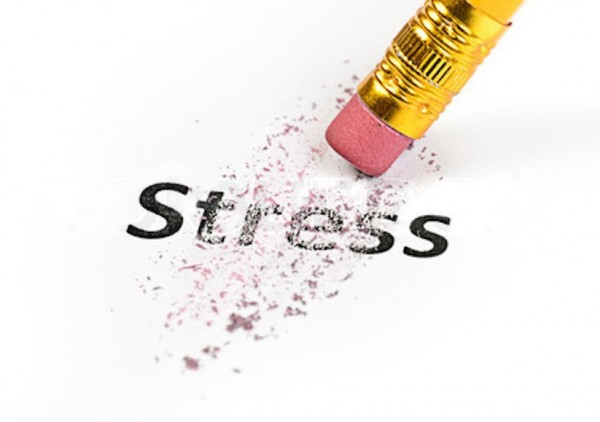 Take a few deep breaths, allowing your rib cage and belly to expand as you inhale. Exhale slowly.
Take a few deep breaths, allowing your rib cage and belly to expand as you inhale. Exhale slowly.- Seek a change in venue. Getting away from your work station, even for a walk to the water cooler, can help you collect your thoughts and refocus on the task at hand.
- Laugh! Read one of your favorite jokes or simply laugh aloud.
- Play with a stress-relieving toy or game like a mini-basketball hoop, dart board, foam stress ball or punching bag.
- Close your eyes and listen to soothing music.
- Visualize yourself relaxing at your favorite vacation spot or completing the big presentation with ease.
The Distracted Driving Epidemic
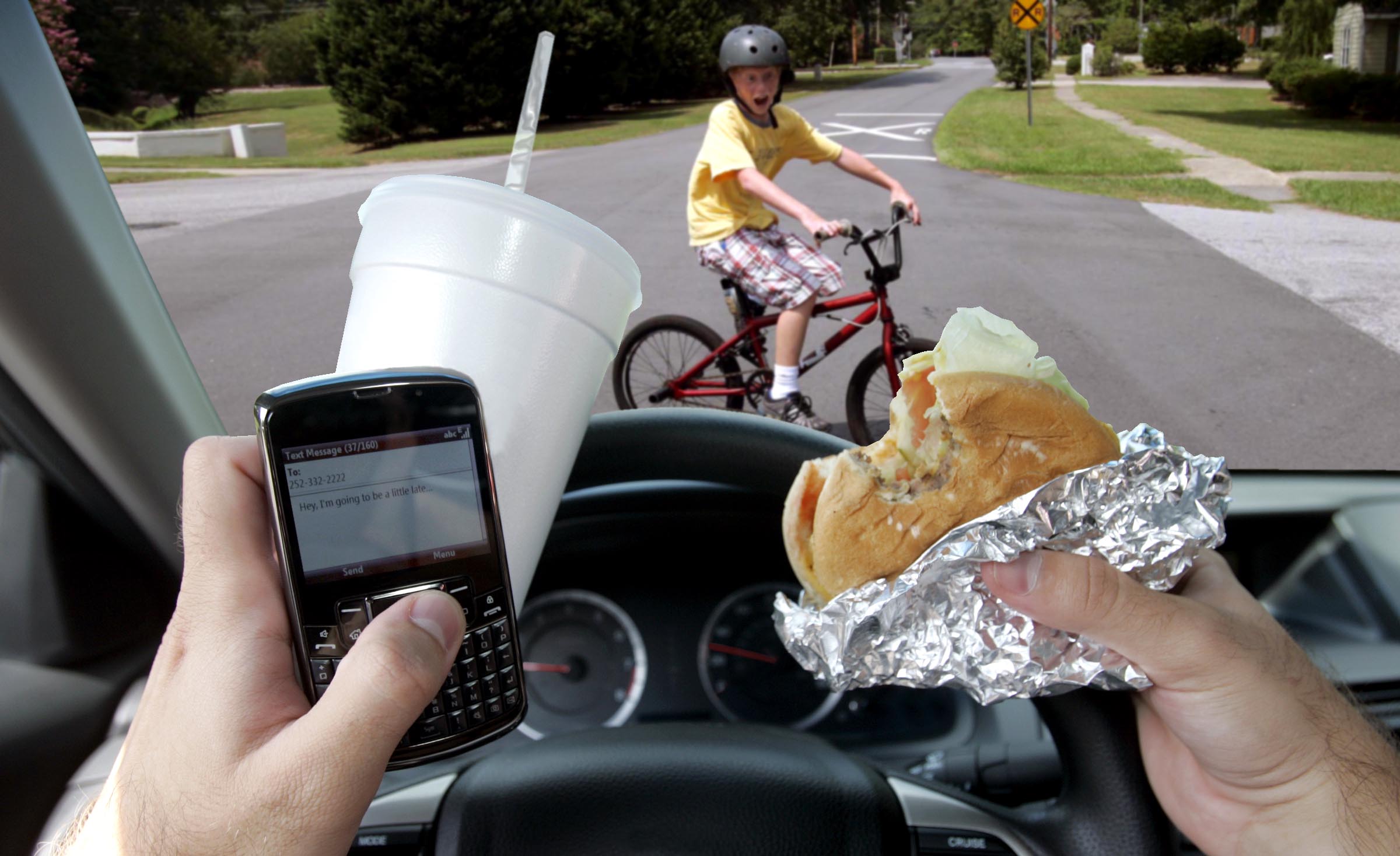 Distracted driving has become an epidemic in the United States, and its often fatal consequences are a threat to your workers, your business and the public.
Distracted driving has become an epidemic in the United States, and its often fatal consequences are a threat to your workers, your business and the public.
Because millions of workers’ jobs require them to spend part or all of their work day driving ― visiting clients and customers, making site visits, or delivering goods and services ― the Departments of Labor (DOL) and Transportation (DOT) are joining forces in a campaign to stop distracted driving and save lives.
Year after year, the leading cause of worker fatalities is motor vehicle crashes. There’s no question that new communications technologies are helping business work smarter and faster. But getting work done faster does not justify the dramatically increased risk of injury and death that comes with texting while driving.
The human toll is tragic. DOT reports that in 2009, more than 5,400 people died in crashes linked to distraction and thousands more were injured. “Texting while driving” has become such a prominent hazard that 30 states now ban text messaging for all drivers.
via Distracted Driving.
Carbon Monoxide Poisoning
Carbon monoxide, or CO, is an odorless, colorless gas that can cause sudden illness and death.
Where is CO found?
CO is found in combustion fumes, such as those produced by cars and trucks, small gasoline engines, stoves, lanterns, burning charcoal and wood, and gas ranges and heating systems. CO from these sources can build up in enclosed or semi-enclosed spaces. People and animals in these spaces can be poisoned by breathing it.
What are the symptoms of CO poisoning?
The most common symptoms of CO poisoning are headache, dizziness, weakness, nausea, vomiting, chest pain, and confusion. High levels of CO inhalation can cause loss of consciousness and death. Unless suspected, CO poisoning can be difficult to diagnose because the symptoms mimic other illnesses. People who are sleeping or intoxicated can die from CO poisoning before ever experiencing symptoms.
How does CO poisoning work?
Red blood cells pick up CO quicker than they pick up oxygen. If there is a lot of CO in the air, the body may replace oxygen in blood with CO. This blocks oxygen from getting into the body, which can damage tissues and result in death.
via CDC – Carbon Monoxide Poisoning – Frequently Asked Questions.
Benefits of Employee Recognition in the Workplace
 When you have offices, departments and teams of loyal, committed, trained and qualified staff, you are reducing your risk. Give everyone an annual raise, make sure the air conditioning runs in the summer and the heat in the winter and voila… resignations will stop and retention is achieved. Right?
When you have offices, departments and teams of loyal, committed, trained and qualified staff, you are reducing your risk. Give everyone an annual raise, make sure the air conditioning runs in the summer and the heat in the winter and voila… resignations will stop and retention is achieved. Right?
Wrong! Having an efficiently run work environment with comfortable temperatures and scheduled pay raises won’t be enough to retain your staff. It will be enough to get them to show up every morning — but to take initiative, meet schedules and deadlines, operate with a seriousness of purpose and drive — that requires relationship-building and employee recognition programs that work.
Slips, Trips and Falls Prevention
 Most people have a friend or relative who has fallen, or maybe you’ve fallen yourself. Falls are the second-leading cause of unintentional death in homes and communities, resulting in more than 25,000 fatalities in 2009. The risk of falling, and fall-related problems, rises with age and is a serious issue in homes and communities. Take the time to remove slip, trip and fall hazards to keep your family safe.
Most people have a friend or relative who has fallen, or maybe you’ve fallen yourself. Falls are the second-leading cause of unintentional death in homes and communities, resulting in more than 25,000 fatalities in 2009. The risk of falling, and fall-related problems, rises with age and is a serious issue in homes and communities. Take the time to remove slip, trip and fall hazards to keep your family safe.
Common locations for falls:
- Doorways
- Ramps
- Cluttered hallways
- Areas with heavy traffic
- Uneven surfaces
- Areas prone to wetness or spills
- Unguarded heights
- Unstable work surfaces
- Ladders
- Stairs
Fall prevention tips:
- Secure electrical and phone cords out of traffic areas
- Remove small throw rugs or use non-skid mats to keep them from slipping
- Remove tripping hazards (paper, boxes, toys, clothes, shoes) from stairs and walkways
- Periodically check the condition of walkways and steps, and repair damages immediately
- Never stand on a chair, table or other surface on wheels
- Clean up all spills immediately
via Slips, Trips and Falls Prevention, Fact Sheets & Statistics.

